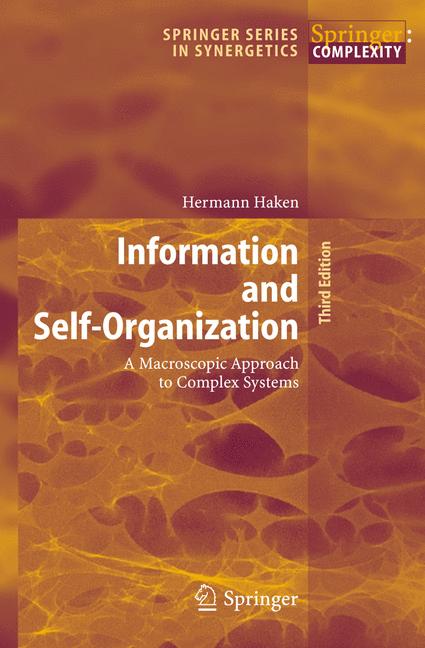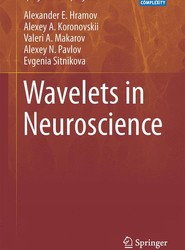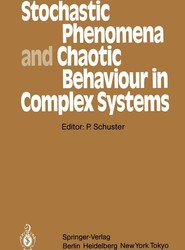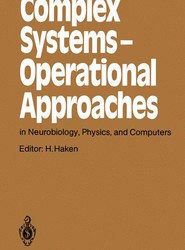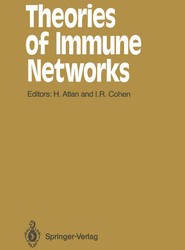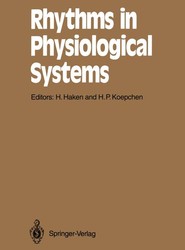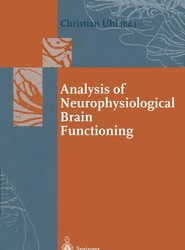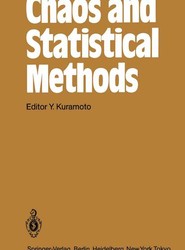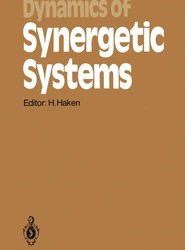(To see other currencies, click on price)
MORE ABOUT THIS BOOK
Main description:
The widespread interest this book has found among professors, scientists and stu dents working in a variety of fields has made a new edition necessary. I have used this opportunity to add three new chapters on recent developments. One of the most fascinating fields of modern science is cognitive science which has become a meet ing place of many disciplines ranging from mathematics over physics and computer science to psychology. Here, one of the important links between these fields is the concept of information which, however, appears in various disguises, be it as Shan non information or as semantic information (or as something still different). So far, meaning seemed to be exorcised from Shannon information, whereas meaning plays a central role in semantic (or as it is sometimes called "pragmatic") information. In the new chapter 13 it will be shown, however, that there is an important interplay between Shannon and semantic information and that, in particular, the latter plays a decisive role in the fixation of Shannon information and, in cognitive processes, al lows a drastic reduction of that information. A second, equally fascinating and rapidly developing field for mathematicians, computer scientists and physicists is quantum information and quantum computa tion. The inclusion of these topics is a must for any modern treatise dealing with in formation. It becomes more and more evident that the abstract concept of informa tion is inseparably tied up with its realizations in the physical world.
Feature:
Presents a unified point of view on critical concepts of self-organizing complex systems
Relates information to quantum concepts and chaos theory
Applicable to numerous fields in science, technology, medicine and economics
Back cover:
This book presents the concepts needed to deal with self-organizing complex systems from a unifying point of view that uses macroscopic data. The various meanings of the concept "information" are discussed and a general formulation of the maximum information (entropy) principle is used. With the aid of results from synergetics, adequate objective constraints for a large class of self-organizing systems are formulated and examples are given from physics, life and computer science. The relationship to chaos theory is examined and it is further shown that, based on possibly scarce and noisy data, unbiased guesses about processes of complex systems can be made and the underlying deterministic and random forces determined. This allows for probabilistic predictions of processes, with applications to numerous fields in science, technology, medicine and economics. The extensions of the third edition are essentially devoted to an introduction to the meaning of information in the quantum context. Indeed, quantum information science and technology is presently one of the most active fields of research at the interface of physics, technology and information sciences and has already established itself as one of the major future technologies for processing and communicating information on any scale.
This book addresses graduate students and nonspecialist researchers wishing to get acquainted with the concept of information from a scientific perspective in more depth. It is suitable as a textbook for advanced courses or for self-study.
Contents:
The Challenge of Complex Systems.- From the Microscopic to the Macroscopic World ....- ... and Back Again: The Maximum Information Principle (MIP).- An Example from Physics: Thermodynamics.- Application of the Maximum Information Principle to Self-Organizing Systems.- The Maximum Information Principle for Nonequilibrium Phase Transitions: Determination of Order Parameters, Enslaved Modes, and Emerging Patterns.- Information, Information Gain, and Efficiency of Self-Organizing Systems Close to Their Instability Points.- Direct Determination of Lagrange Multipliers.- Unbiased Modeling of Stochastic Processes: How to Guess Path Integrals, Fokker-Planck Equations and Langevin-Îto Equations.- Application to Some Physical Systems.- Transitions Between Behavioral Patterns in Biology. An Example: Hand Movements.- Pattern Recognition. Unbiased Guesses of Processes: Explicit Determination of Lagrange Multipliers.- Information Compression in Cognition: The Interplay between Shannon and Semantic Information.- Quantum Systems.- Quantum Information.- Quantum Computation.- Concluding Remarks and Outlook.
PRODUCT DETAILS
Publisher: Springer (Springer Berlin Heidelberg)
Publication date: June, 2006
Pages: 258
Weight: 1270g
Availability: Not available (reason unspecified)
Subcategories: Neuroscience
Publisher recommends
From the same series
CUSTOMER REVIEWS
From the reviews of the third edition:
"This enlarged edition of Information and Self-Organization addresses the concept of information in depth: ranging ‘from Shannon information, from which all semantics has been exorcised, to the effects of information on receivers and the self-creation of meaning’—that is, toward semantic information … . Nevertheless, both the qualitative lessons and quantitative analysis presented in the book … very useful for artificial life researchers." (Mikhail Prokopenko, Artificial Life, Vol. 15, 2009)

